Druids are some of the fiercest warriors in BG3, with plenty of options to mess up a frontline. From a spellcasting build to a Wild Shape one, Druids builds have some of the best uses for feats in BG3. Let’s go over some of them.
Druids are perhaps the most versatile class in BG3, capable of being a Wisdom-based support caster, damage caster, or a melee frontliner. This versatility can pivot based on the feats taken by the Druid, making the Druid’s four, eight, and 12 very important.
The best Druid feat options in BG3, ranked
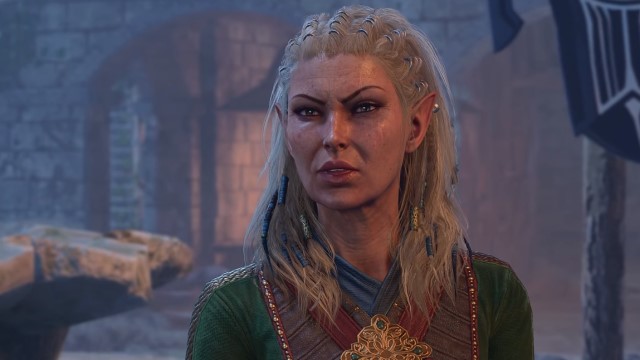
The best Druid feats in BG3 either augment their ability to deal damage in melee or improve their ability to retain concentration. Druids have the opportunity to deal massive damage while in Wild Shape, and a specific subsection of feats can improve that damage dramatically. Alternatively, a Druid can really push their casting potential to the limit by ensuring their concentration sticks. That means spells like Haste or Wall of Fire can stick around more easily.
While feats are great for a Druid, we recommend getting your Wisdom to 20 beforehand. Druids have the opportunity to ruin battlefields with powerful crowd control spells like Web or damage options like Call Lightning—even in Wild Shape—and Wisdom will max out the damage you can do with these. Once you get there, though, you can consider Constitution boosts or the following feats.
5. War Caster
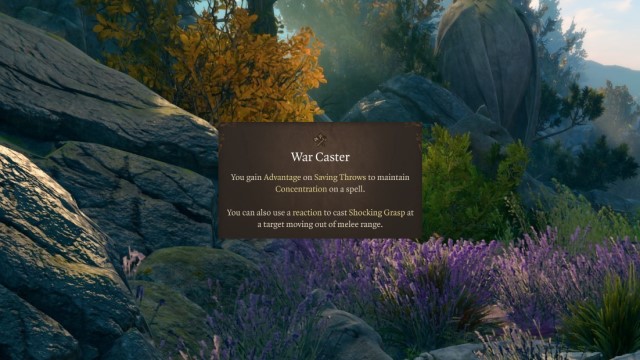
War Caster is an interesting feat that grants advantage on concentration checks while in melee. In addition, it allows your Druid to attack of opportunity using Shocking Grasp, instead of using a melee weapon. For Circle of Spores or Land Druids, this improves the Druid’s ability to threaten in combat while making it slightly more likely you hold onto important concentration spells.
The most important aspect of War Caster is the advantage on concentration. That ability alone is so nice for a Druid since holding concentration in BG3 is hard work. They count each damage type individually, meaning a Druid can get hammered by low-damage multi-hits and instantly lose their most important spells. War Caster gives you a great chance to avoid the dropped spell without relying on Constitution saving throw equipment.
The Shocking Grasp for an attack of opportunity is a huge downgrade from 5E’s version of the feat. However, even a Circle of Spores Druid can get a lot of advantage out of dealing 3d8 damage over a single Scimitar swing. Alongside their temporary health, there’s a good amount of mileage to get out of this feat.
That being said, it suffers just a bit from the debuffs it received between BG3 and 5E. There are a few other feats we’d recommend before this one for a caster.
4. Savage Attacker
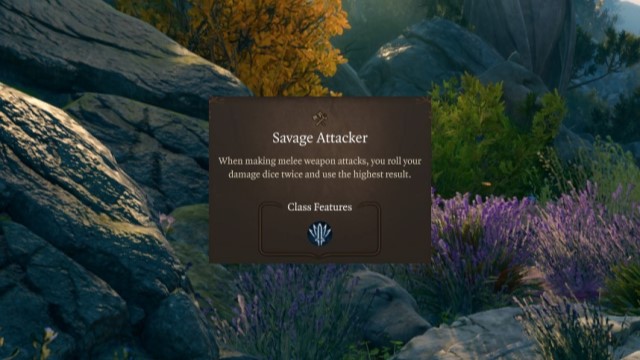
Savage Attacker allows a character to reroll all melee damage dice they roll. This is fantastic for Wild Shape characters, who get to use their natural attack three times. Many natural attacks roll several dice, such as the Owlbear’s 2d8+1d6+5, so rerolling all of them can really boost your average damage.
Since Wild Shape replaces your stats, there aren’t too many ways to augment the damage of your Wild Shape form. Savage Attacker is one of the most significant ways, boosting the average damage of each attack by a good margin. For example, the Owlbear’s 2d8+1d6+5 goes from an average of 17.5 damage to around 21. That’s a plus-three from a single feat, which is not bad at all.
The Owlbear perhaps gets the biggest benefit from this. But, several forms, like Panther or Fire Elemental, deal a lot of damage per punch and can attack three times while Shaped. This feat is really worth getting if you plan on ravaging foes as a frontline damage dealer and tank. Apply Haste and tear through foes nearly instantly.
This feat also works well for Circle of Spores, which can roll quite a few dice alongside Symbiotic Form and Duelist’s Prerogative. This makes this feat an overall good idea for melee builds, though the Circle of Spores Druid is usually stuck leveling up their stats in every feat slot they can find.
3. Tavern Brawler
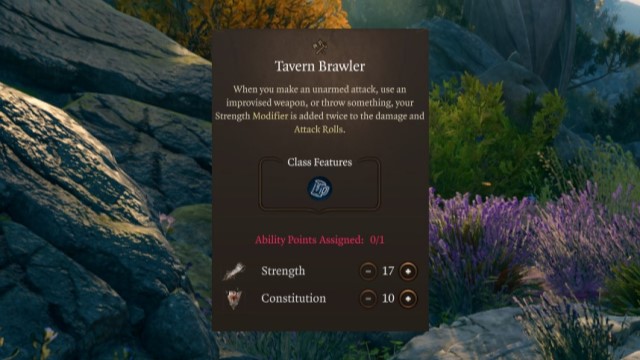
Tavern Brawler boosts Strength or Constitution by one and doubles your Strength bonus to unarmed attacks and thrown weapons. Nearly useless for a caster Druid, this is the best feat a Wild Shape-focused Druid can ask for, adding up to plus-five to attack and damage rolls with your Wild Shape’s unarmed strikes.
Thanks to a “buff” Patch Five, Tavern Brawler now works effectively on a Wild Shaping Druid—no longer is it just for Monks or Barbarians. That’s fantastic news since it’s probably the best way to boost damage for the build. Owlbear’s plus-five to damage rolls get doubled to a sturdy +10, which is a lot for each of your three swings.
Wild Shaping Druids can really benefit a lot from Tavern Brawler. It’s a plus-one to your Constitution, which is great. But, it’s also one of the few ways a Wild Shape Druid can hit harder during combat. It’s also one of the only ways to improve an Owlbear Shape’s accuracy, giving a massive plus-five to hit for that shape.
It is important to note that Tavern Brawler is only super effective with Owlbear Shape. Even the next-strongest animal of the Bear only receives a plus-four to damage rolls. While we believe the Owlbear is the best form anyway, Tavern Brawler does focus you down into a very specific form. If you want to use your other forms more effectively, Savage Attacker is better for you.
2. Lucky
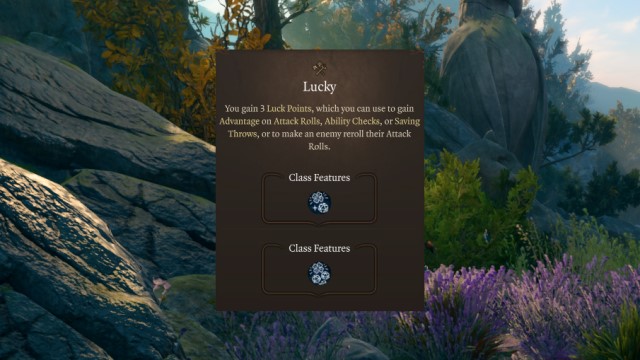
Lucky is a very strong feat for any caster but serves an alternative role for the Druid. Lucky provides a pool of three rerolls for most d20s you can roll, as well as the ability to force an attacker to reroll. For a Druid, you can use this to try and make another saving throw or try to guarantee a kill. This feat is just as useful for melee Druids as for casters, making it a very good idea to consider for your build.
Lucky is a universal build. Whether you’re in Wild Shape or slinging spells, all Druids won’t mind a handful of rerolls. The most dangerous scenarios in BG3 involve you failing a saving throw, and Lucky can reroll any type of saving throw you need. Even if you fail an important Wisdom save, Lucky has your back—there aren’t many other ways to improve a Druid’s Wisdom save otherwise.
That being said, the biggest problem with Lucky is found in the pool limitation. You get to use Lucky thrice, which isn’t too much. Especially if you are using it for attack rolls, you can lose Luck Points very quickly.
However, if you’ve ever tried Honor Mode, a failed saving throw can be the end of the run. By taking Lucky as your level eight or 12 feat, you’re giving yourself a second chance at survival on any given roll. That’s very potent and can supplement an otherwise powerful build during moments of unlucky streaks. This feat works if you have advantage or disadvantage, too, so you can maximize your odds of success—or go for Hail Mary plays.
1. Resilient (Constitution)
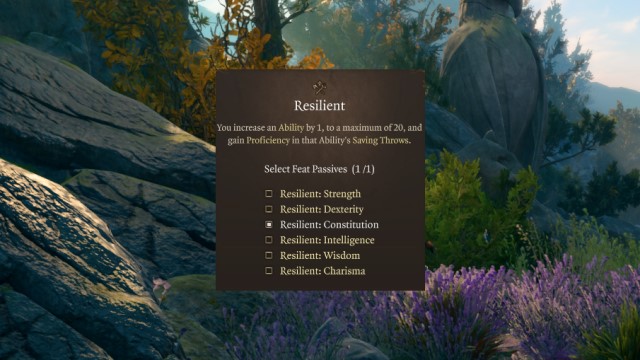
Despite its simplicity, Resilient (Constitution) might be the best feat for most Druid builds in BG3. Resilient adds a plus-one to any stat you want and grants proficiency in that stat’s saving throw. For a Druid, the best stat for Resilient is Constitution, both for Constitution saving throws and to succeed at concentration checks. Overall, if you have an odd number for your Constitution score, Resilient is a must-take feat for a caster.
Resilient serves the role of concentration holder for most Druid builds. This is because getting proficient in Constitution saving throws is otherwise quite difficult. Druids only get to Intelligence and Wisdom saves by default, and no item really gets you proficiency in Constitution saves—only advantage with them. Resilient is the easiest choice for this.
And it’s not useless for a Wild Shape Druid, either. You keep your plus-one to Constitution and saving throw proficiency while Wild Shaped. That means an Owlbear gets 18 Constitution and proficiency in Constitution saves, so they only drop most Concentration checks if you roll a one. That’s great for Land Druids who want to set up Haste on themselves before transforming.
Overall, Resilient is a stellar option for a Druid who wants to hold concentration in BG3, boosting the durability of your Wild Shapes and normal Druid alike. And Druids have many different great concentration options, making Resilient a perfect choice. Just watch out for those Darkness spells and getting knocked prone, since those break concentration—no saves attached.
Others Asked
Why is the Lucky feat considered the best for most Cleric builds in BG3?
The Lucky feat is considered the best for Clerics because it allows for rerolling three d20 rolls per day, providing a chance to avoid critical attack hits or failed saving throws, which can be crucial for a spellcasting class like Cleric.
How does the Great Weapon Master feat benefit a Cleric in BG3?
The Great Weapon Master feat allows a Cleric to deal an additional +10 damage while two-handing a weapon, though it reduces accuracy by five. It also lets the character make a bonus action attack on a critical hit or kill, especially enhancing War or Tempest Cleric builds.
Why is the "Lucky" feat considered the best non-Ability Score Improvement feat for Wizards in BG3?
The "Lucky" feat is considered the best non-Ability Score Improvement feat for Wizards because it provides a pool of three Luck Points that can be used to reroll attack rolls, saving throws, or ability checks, giving Wizards a critical advantage in avoiding negative outcomes during combat.


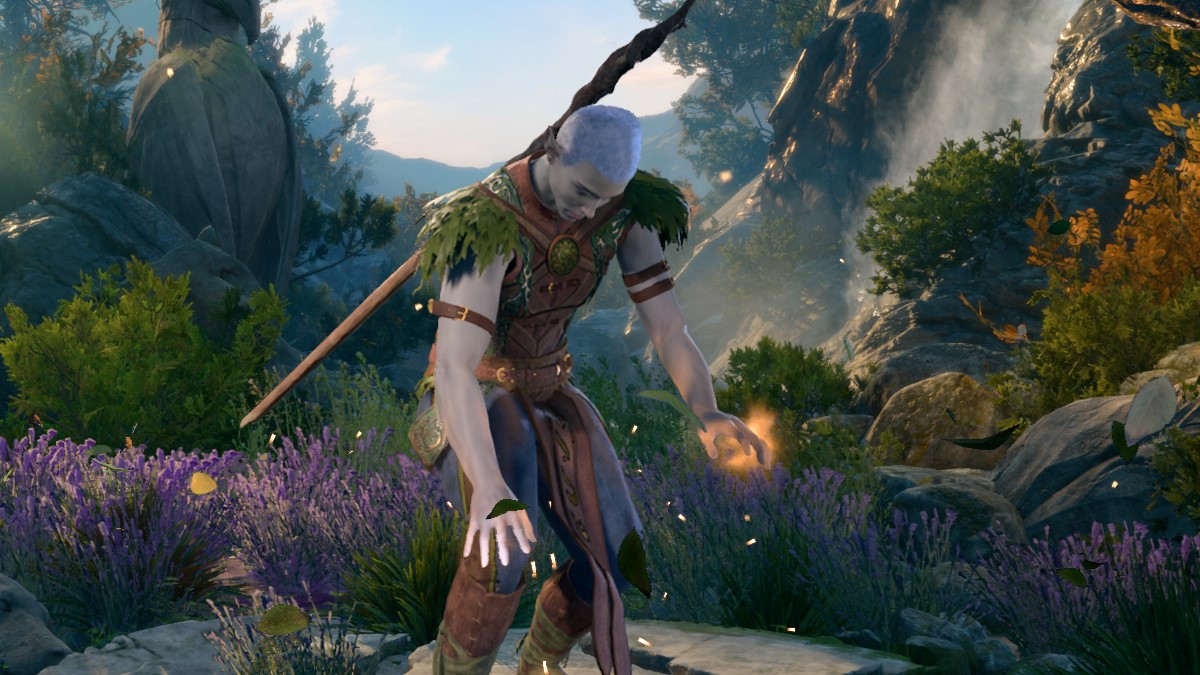
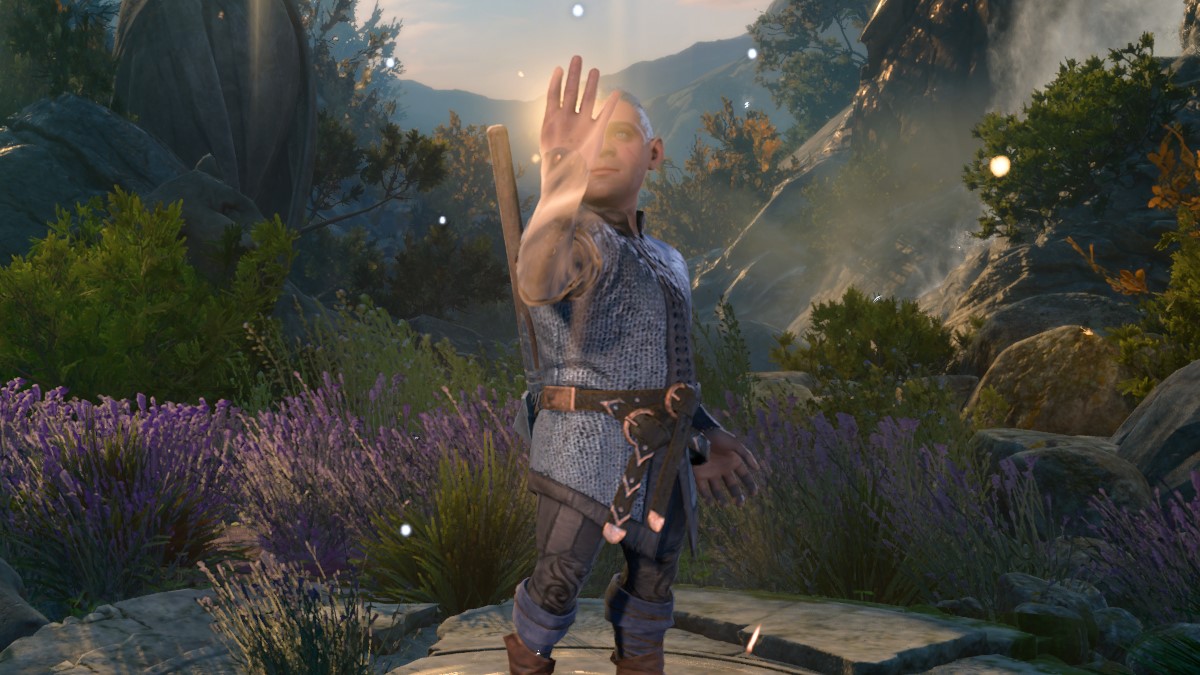
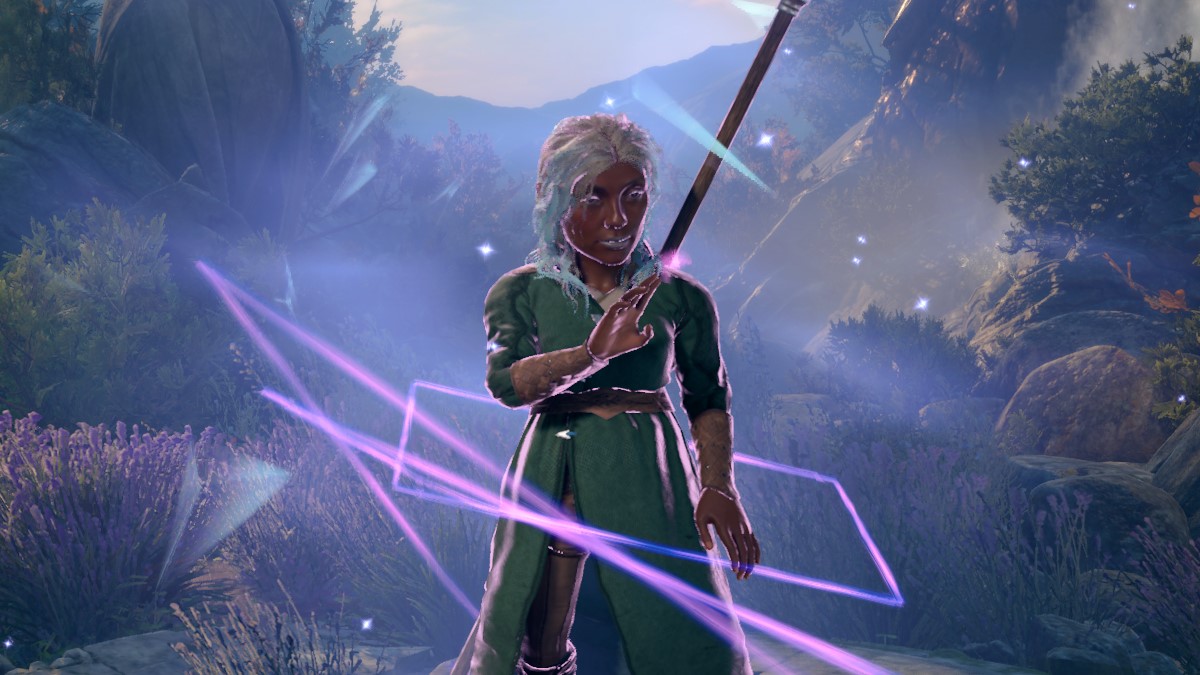


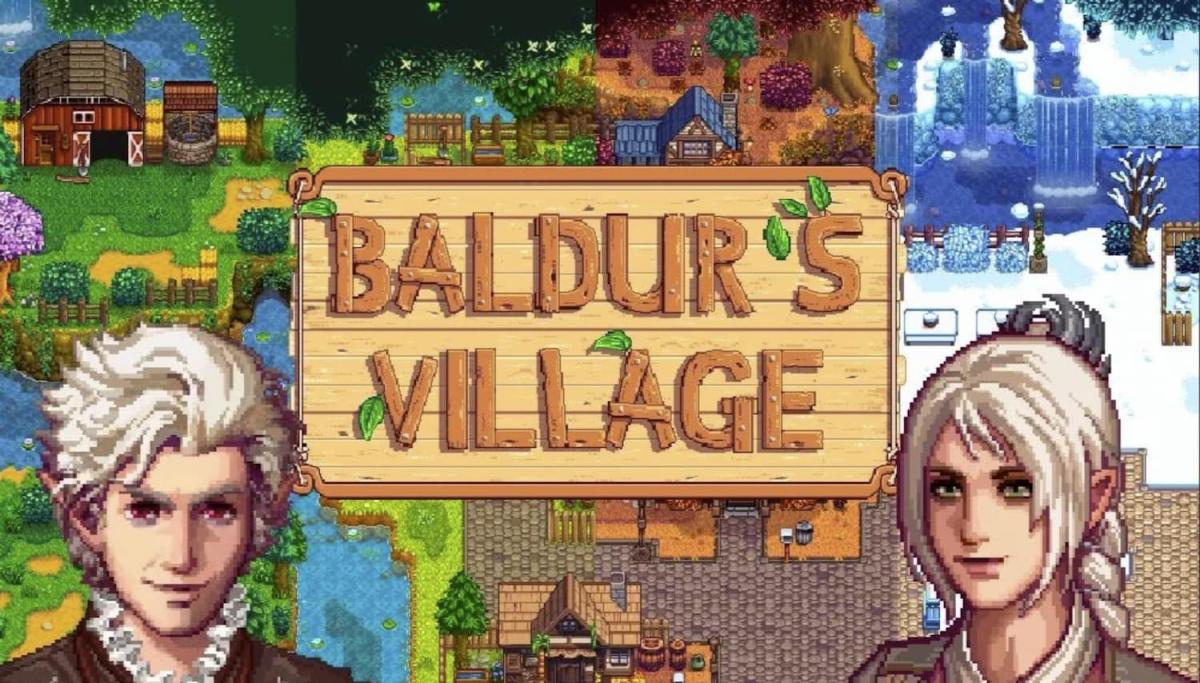
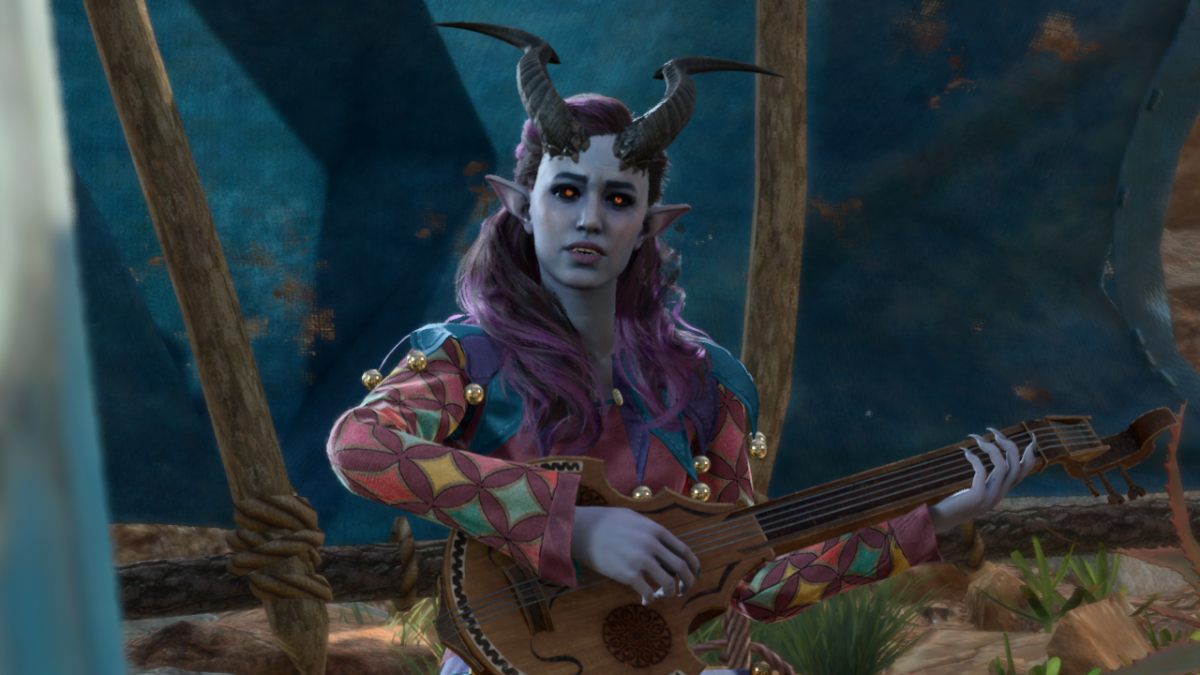
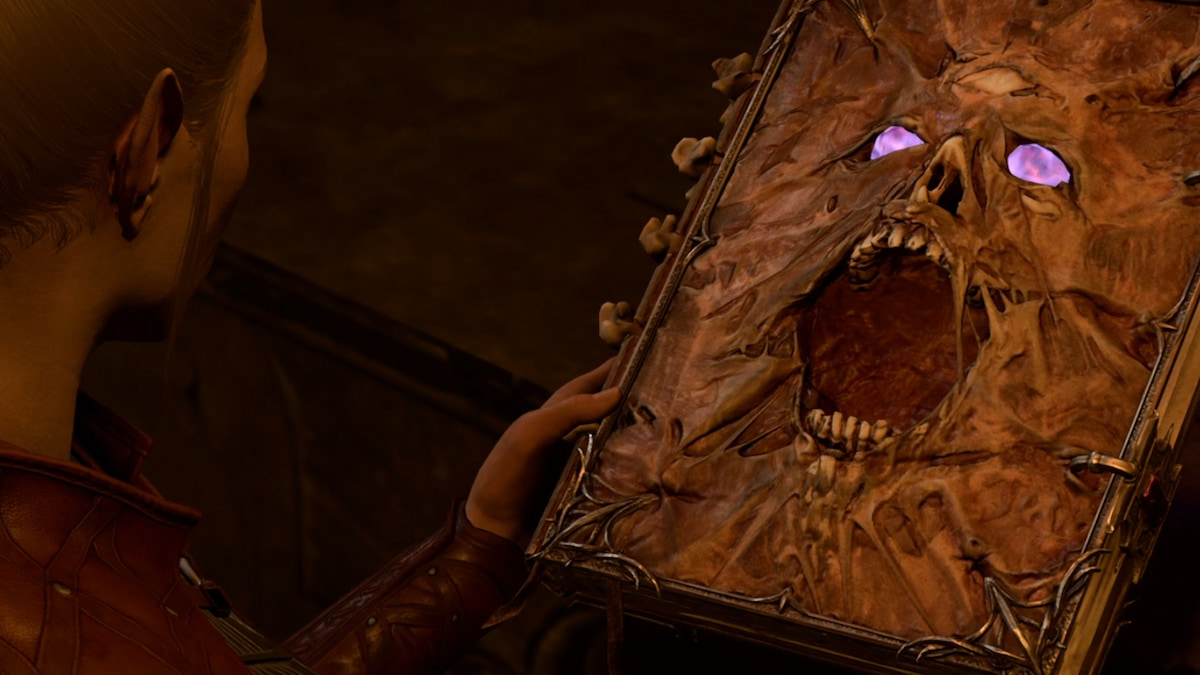

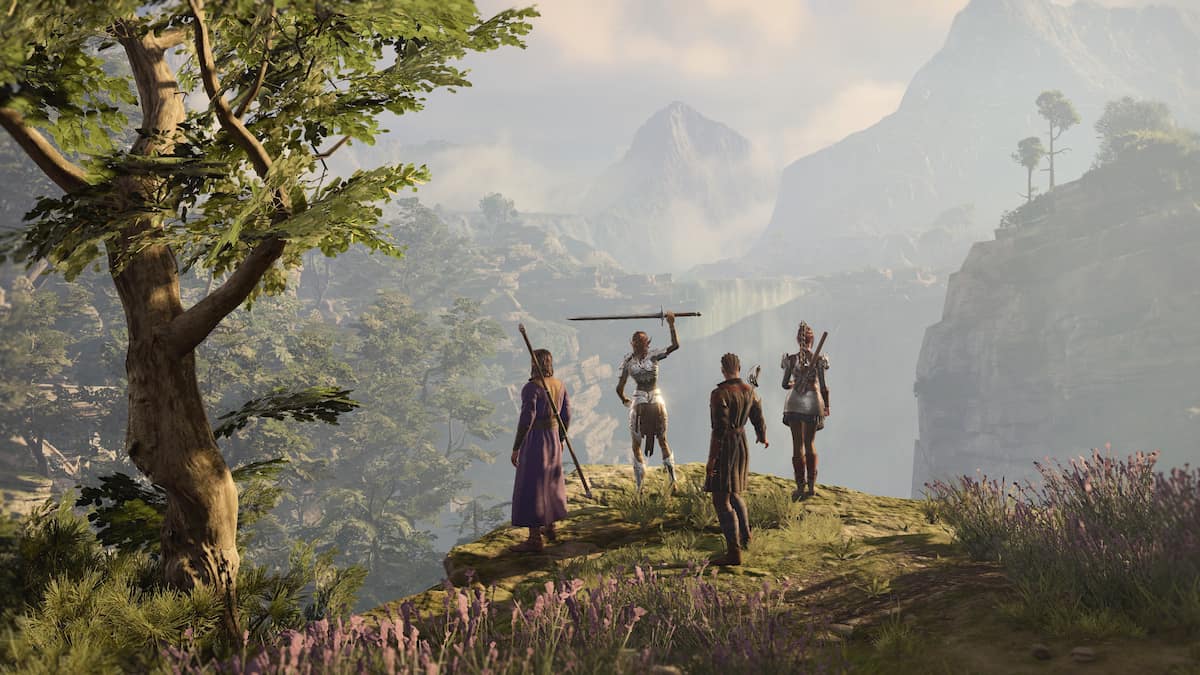
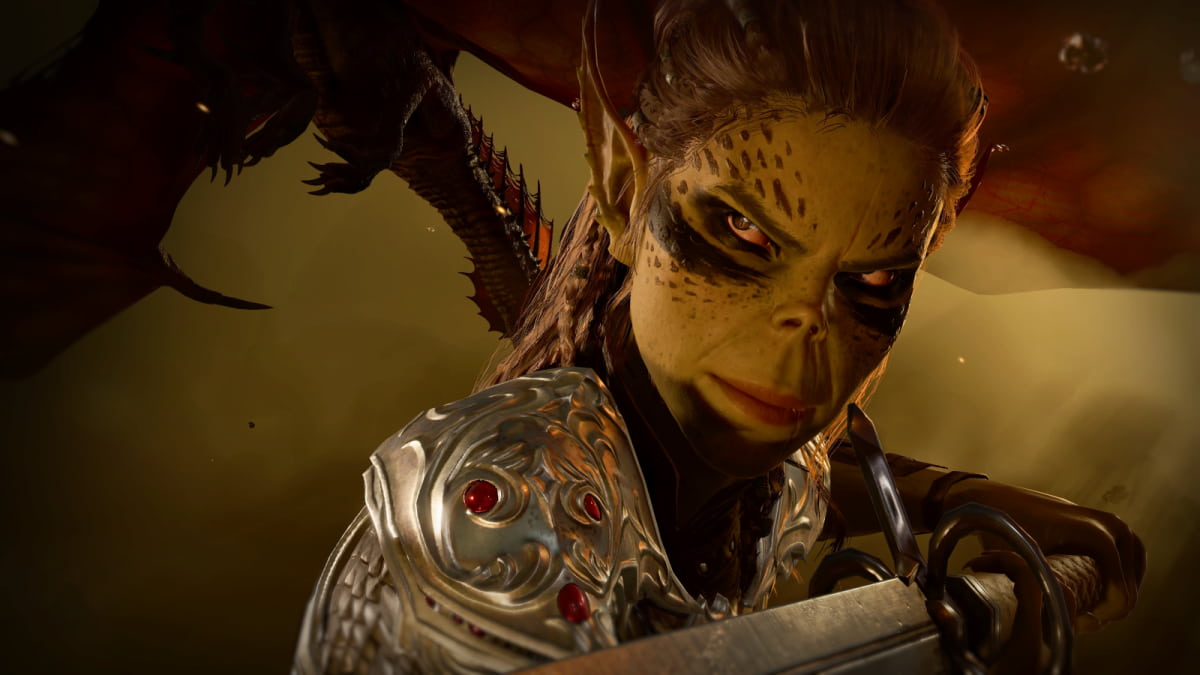
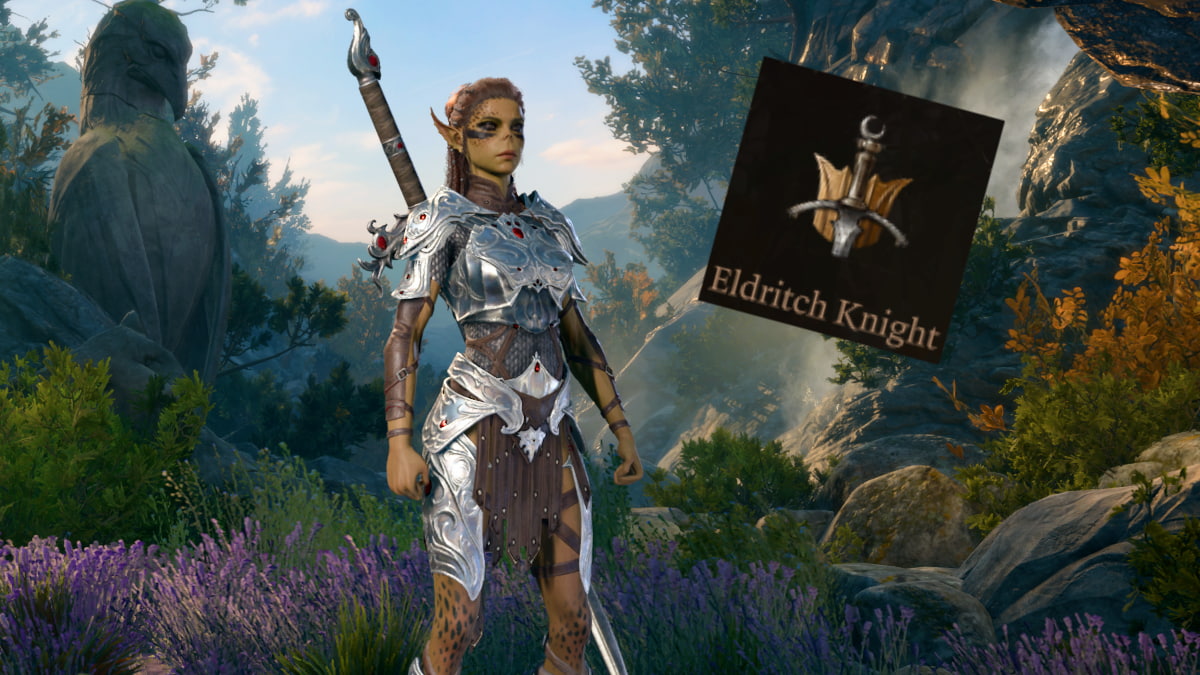
Published: Jan 20, 2024 11:05 pm